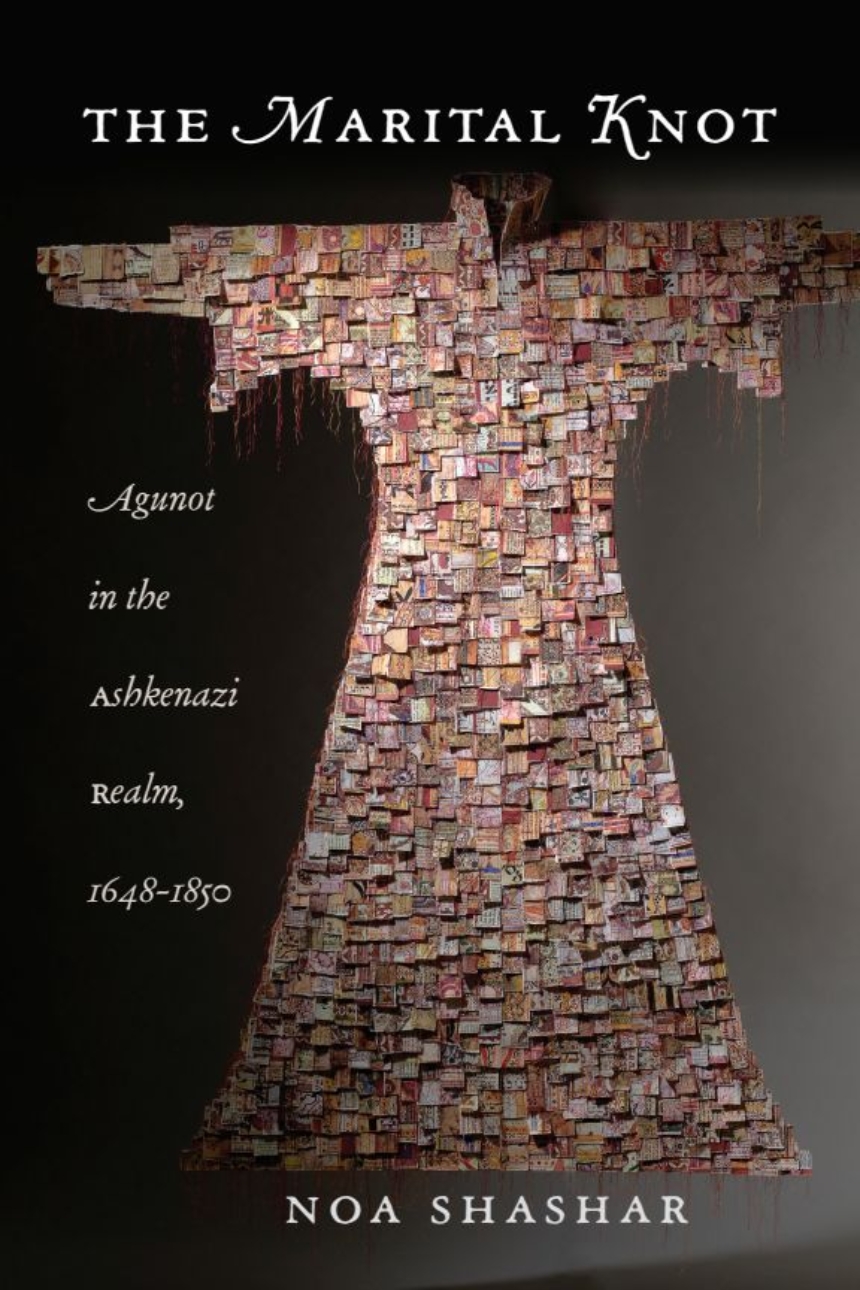9781684582402
9781684582419
9781684582396
A long overdue study of agunot based on exhaustive research in rabbinic sources, memoirs, and communal records.
Noa Shashar sheds light on Jewish family life in the early modern era and on the activity of rabbis whose Jewish legal rulings determined the fate of agunot, literally “chained women,” who were often considered a marginal group. Who were these men and women? How did Jewish society deal with the danger of a woman’s becoming an agunah? What kind of reality was imposed on women who found themselves agunot, and what could they do to extricate themselves from their plight? How did rabbinic decisors discharge their task during this period, and what were the outcomes given the fact that the agunot were dependent on the male rabbinic establishment?
This study describes the lives of agunot, and by reexamining the halakhic activity concerning agunot in this period, proposes a new assessment of the attitude that decisors displayed toward the freeing of agunot.
Noa Shashar sheds light on Jewish family life in the early modern era and on the activity of rabbis whose Jewish legal rulings determined the fate of agunot, literally “chained women,” who were often considered a marginal group. Who were these men and women? How did Jewish society deal with the danger of a woman’s becoming an agunah? What kind of reality was imposed on women who found themselves agunot, and what could they do to extricate themselves from their plight? How did rabbinic decisors discharge their task during this period, and what were the outcomes given the fact that the agunot were dependent on the male rabbinic establishment?
This study describes the lives of agunot, and by reexamining the halakhic activity concerning agunot in this period, proposes a new assessment of the attitude that decisors displayed toward the freeing of agunot.
400 pages | 6 x 9 | © 2024
Brandeis Series on Gender, Culture, Religion, and Law
Religion: Judaism
Women's Studies:
Reviews
Table of Contents
Preface
Introduction
Section 1: Widows and Yevamot in the Ashkenazic World in the Early Modern Age
Section 1, Part 1: Widows in the Ashkenazic world, 1648–1850
Section 1, Part 2: Yibum and halitzah
Section 1, Part 3: The halitzah trap
Section 2: Dead Men, Chained Women
Section 2, Part 1: “Bitterly she wails”: Agunot in times of persecution and war
Section 2, Part 2: Two tales of murder
Section 2, Part 3: Identifying the dead in the interest of freeing the agunah and taking revenge
Section 2, Part 4: “Nothing of him was ever found save a shoe and belt”: Freeing an agunah
when the corpse is missing
Section 2, Part 5: The agunah wife of Lemli Wimpe of Metz
Section 2, Part 6: Death of a merchant: Gutta and Avraham Heckscher of Hamburg
Section 3: Troubled Marriages
Section 3, Part 1: Scenes from marriages in conflict
Section 3, Part 2: “Concerning the agunah whose husband left for distant parts”
Section 4: The Riddle of the Sources
Afterword: The agunah, the decisor, and the suffering
Glossary
Bibliography
Introduction
Section 1: Widows and Yevamot in the Ashkenazic World in the Early Modern Age
Section 1, Part 1: Widows in the Ashkenazic world, 1648–1850
Section 1, Part 2: Yibum and halitzah
Section 1, Part 3: The halitzah trap
Section 2: Dead Men, Chained Women
Section 2, Part 1: “Bitterly she wails”: Agunot in times of persecution and war
Section 2, Part 2: Two tales of murder
Section 2, Part 3: Identifying the dead in the interest of freeing the agunah and taking revenge
Section 2, Part 4: “Nothing of him was ever found save a shoe and belt”: Freeing an agunah
when the corpse is missing
Section 2, Part 5: The agunah wife of Lemli Wimpe of Metz
Section 2, Part 6: Death of a merchant: Gutta and Avraham Heckscher of Hamburg
Section 3: Troubled Marriages
Section 3, Part 1: Scenes from marriages in conflict
Section 3, Part 2: “Concerning the agunah whose husband left for distant parts”
Section 4: The Riddle of the Sources
Afterword: The agunah, the decisor, and the suffering
Glossary
Bibliography

